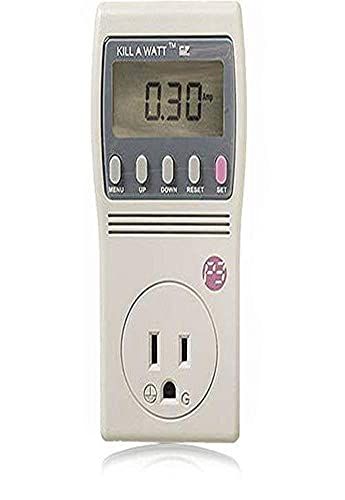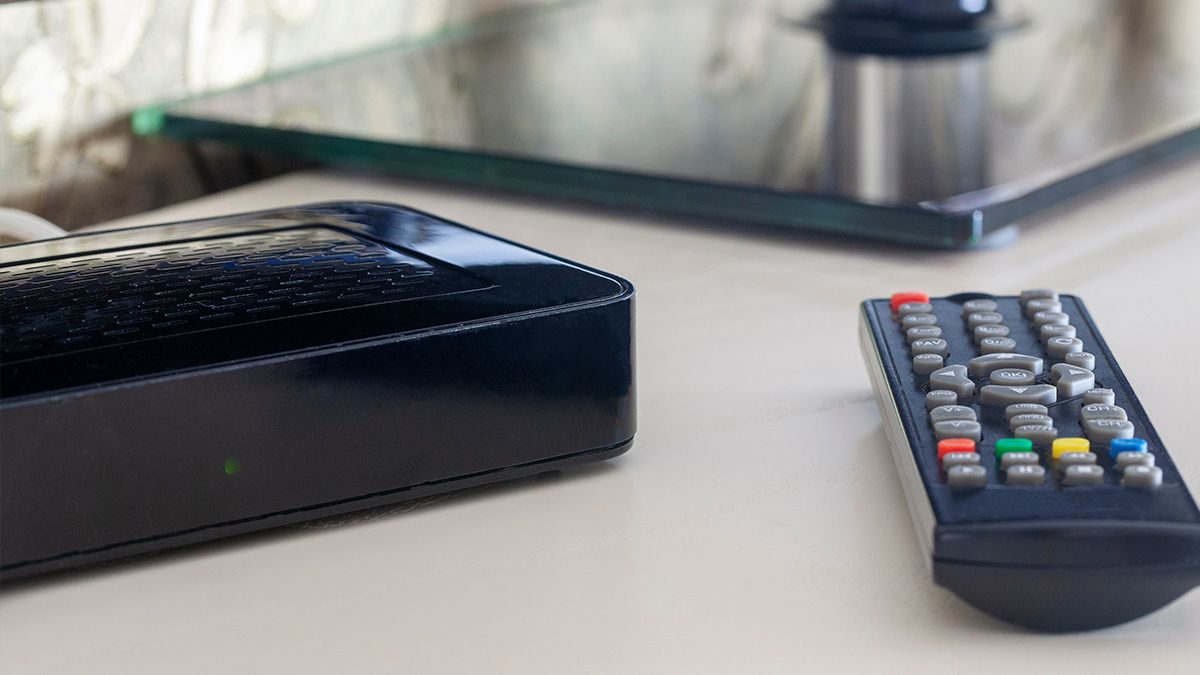Years ago, there were a lot of shocking articles about how much energy cable and satellite boxes wasted. Have things gotten better since then?
Why Do Set-Top Boxes Consume So Much Power?
Way back in 2016, we answered a reader's question about cable box power use, and while things have improved since then, cable and satellite boxes are still significant sources of phantom loads in the home.
It would be easy to assume that the set-top boxes millions of people use for their satellite and cable service have been so power-inefficient over the years because the manufacturers just didn't care about power consumption.
To a certain degree, that's true. From their perspective, there was no pressure to do so, and any money saved by improving the boxes was realized by the consumer and not them. But, part of it is a combination of necessity coupled with how we expect a set-top box and the associated service to function.
First, any device that responds to remote controls or that stays in a standby mode ready for us to use it must, by necessity, consume at least a small amount of power to do so. Without that phantom load keeping the device in ready-and-waiting mode, you'd have to manually turn it on by pressing a button or flipping a switch.
Second, when it comes to set-top boxes, it's not just enough to have a remote control. Consumers, especially American consumers, expect that their satellite or cable service will be ready the second they turn on the television. A cold start where the device isn't already in standby mode introduces a significant delay.
On top of that, in addition to the power demands of general standby and the always-at-ready power, DVR systems have to maintain an even higher power state to serve as a DVR and record your shows. Further, many DVR systems are set up where one box in the house serves as a combination DVR and media server, streaming content to the other non-DVR boxes in the home.
How Much Power Do Set-Top Boxes Consume?
In 2011, a study by the National Resources Defense Council found that the common setup, a cable box with a DVR and a second box in the home, consumed more power than running a new Energy Star-rated refrigerator. It wasn't unusual for set-top boxes, especially those with DVRs built in, to use 35W or more in standby mode.
Since then, set-top box energy consumption has improved---thanks largely to a voluntary agreement brokered by the NRDC and other environmental and energy-oriented organizations. According to data from D+R International, an energy efficiency group, between 2012 and 2019 the energy use of set-top boxes fell 50% for DVRs and 38% for non-DVR boxes.
Still, there's no such thing as a free lunch when it comes to always-on functionality. Despite improvements, the lightest weight boxes consume around 4-6W in standby mode, and the more power-hungry models still consume around 25W.
If you reference this list of cable boxes used by Xfinity, for instance, you'll get a rough feel for the power consumption ranges of different kinds of boxes. The majority of DVR units consume around 22-25W in standby mode. Many of the traditional but not-DVR set-top boxes consume around 12-16W.
One thing worth noting while studying the list (or any similar list for that matter) is the difference between traditional cable/satellite boxes and IP boxes. You'll often find IP-based cable boxes with very low power consumption (2-5W) because they're your TV provider's answer to a Roku streaming stick. They don't have the same hardware overhead as a traditional box and, comparatively, sip power.

P3 International P4460 Kill A Watt
Curious about your cable box's power consumption? Use this handy little meter to measure how much energy your devices and appliances use.
Although you can't reduce the power consumed by your cable or satellite box to zero, we do recommend calling your provider to replace really old boxes with newer ones. Not only will you likely get a better and faster experience with the newer hardware, but you'll also save money on your electric bill.
If all of this has you very curious to see how much power your particular box uses, you'll need a Kill a Watt meter and our guide to measuring home power use. We hope you're pleasantly surprised and your equipment is more like an ultra-efficient LED light bulb and less like an old-school incandescent flood light when it comes to power consumption.

